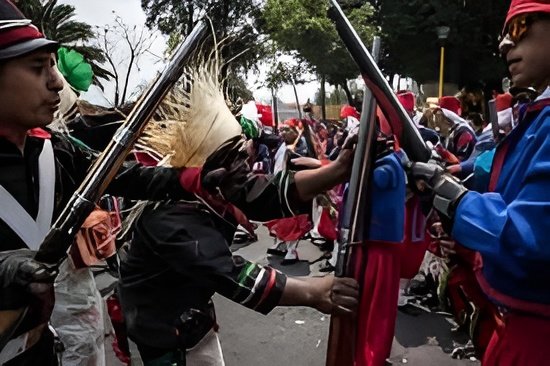By Acho Marcus Nkire
May 5, 2025 — Today, millions across parts of Mexico and the United States mark Cinco de Mayo, a holiday rich in historical significance but often misinterpreted beyond its origins. While commonly mistaken for Mexico’s Independence Day, which actually falls on September 16, Cinco de Mayo commemorates a different chapter in Mexican history — the Battle of Puebla in 1862.
On May 5 of that year, a modest and ill-equipped Mexican force composed largely of mestizo and Zapotec fighters, led by General Ignacio Zaragoza, achieved a surprising victory over the better-armed French troops of Napoleon III. The battle occurred near the city of Puebla, southeast of Mexico City, and resulted in the deaths of around 1,000 French soldiers. Though the French occupation continued for several more years, the Battle of Puebla became a powerful symbol of Mexican resistance to foreign domination.
The victory helped stall Napoleon’s efforts to install a monarchy under Maximilian of Austria in Mexico and potentially curtail U.S. influence in the region during the American Civil War. Puebla’s heroism lives on in the city now renamed Puebla de Zaragoza, where a museum and battlefield park honor the historic moment.
In Mexico, Cinco de Mayo is primarily celebrated in the state of Puebla with parades, reenactments, and speeches. Nationally, the day is relatively low-key. However, across the United States — especially in cities like Los Angeles, Denver, San Francisco, and Washington, D.C. — Cinco de Mayo has grown into a vibrant cultural celebration of Mexican heritage, particularly among Mexican-American communities.
Festivities often include mariachi bands, folkloric dancers, lucha libre matches, and traditional foods like tacos, guacamole, churros, and mole poblano — a regional specialty of Puebla made with bitter chocolate and pumpkin seeds.
Despite the cultural pride it promotes, the holiday’s popularity in the U.S. has drawn criticism. Some argue its commercialization — particularly its link to alcohol sales, such as tequila and Mexican beer — has led to celebrations that overshadow its historical significance and sometimes perpetuate harmful stereotypes.
As revelers take to the streets today, historians and cultural leaders continue to urge the public to embrace the true meaning of Cinco de Mayo: a proud stand for sovereignty, unity, and identity in the face of foreign aggression.





